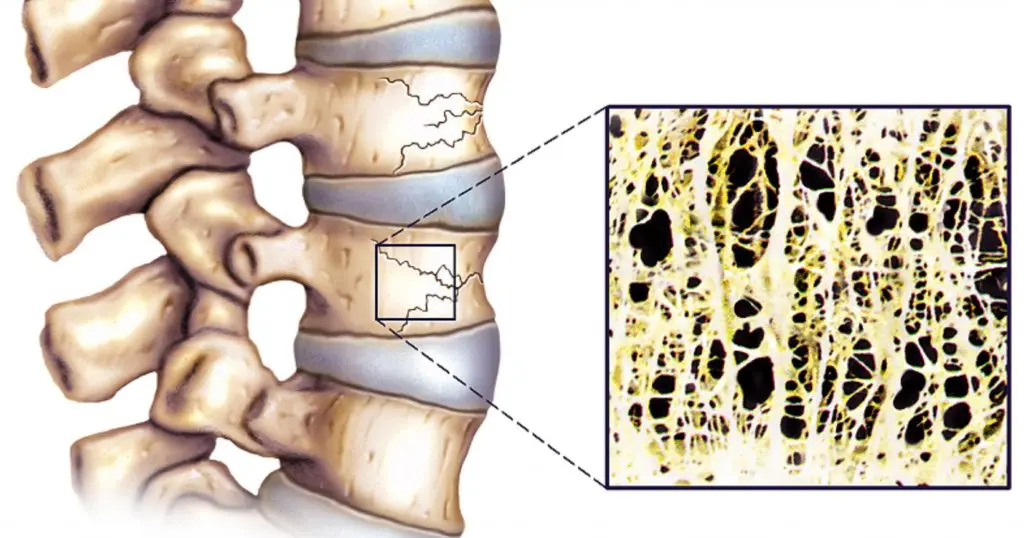Back and Joint Pain
Detecting Osteoporosis
Detecting And Treating Osteoporosis Early Is Key
To stop what is known as the fracture cascade detecting and treating osteoporosis as early as possible is essential. The fracture cascade is the relationship that exists with osteoporosis whereby each new fracture subsequently increases the risk of future fractures. Detecting osteoporosis and treating the condition as early as possible to help ensure bone health is maintained/managed to prevent future fractures is the key component in helping manage the disease.
The Importance Of Detecting Osteoporosis
The significance of osteoporosis and the resulting fractures is that this can lead to a significant determent to an individuals mental and physical health. Sufferers may develop fear-avoidance behaviors with regard to a number of regular daily lifestyle activities resulting in physical decline and a loss of independence. This can lead to withdrawing from a multitude of their normal social situations in fear of injury which then further impacts their mental well being. As well as this physical and mental decline individuals may also deal with both chronic pain and potential physical disability. All this makes managing bone health to avoid such fractures and this downward spiral of associated side effects a priority in an individuals health management plan.
Diagnosing Osteoporosis
As well as individuals with noted specific risk factors, any individuals over 50 who experience a fracture from a minor fall or bump (a low trauma fracture) should be investigated for osteoporosis. Currently osteoporosis is diagnosed via a bone density scan that measures the density of your bones, the test is referred to as a DEXA (DXA) scan and uses X-rays to measure how many grams of calcium and other bone minerals are packed into a segment of bone. Usually these measures are taken at the hip and spine and if an individuals bone density is assessed via the scan as being low, then they are considered more likely to suffer a fracture in the future.
Treating Osteoporosis
Osteoporosis is ideally treated with a combination of approaches including lifestyle adjustments, supplementation and medication. Finding out a diagnosis of low bone density sooner rather than later means you can take action to aim to keep your bones strong, slow any bone loss and reduce the risk of any future fractures. Calcium, Vitamin D and Exercise are all important for maintaining strong bones and is important for bone health at any age. With a diagnosis of low bone density or osteoporosis ensuring adequate calcium and vitamin D levels as well as engaging in a safe supervised exercise program is a good start towards treating osteoporosis. Coupled with closely monitoring bone health over time so treatment can be adjusted accordingly. It is these supervised exercise programs where a physiotherapists usually is utilized. At Sydney Physio Clinic we do not run such programs but regularly treat patients diagnosed with osteopenia and osteoporosis and guide them on appropriate exercise approaches in their specific situation.
Disclaimer: Sydney Physio Clinic provides this information as an educational service and is not intended to serve as medical advice. Anyone seeking specific advice or assistance on Detecting Osteoporosis should consult his or her general practitioner, physiotherapist, medical specialist, or otherwise appropriately skilled practitioner.


